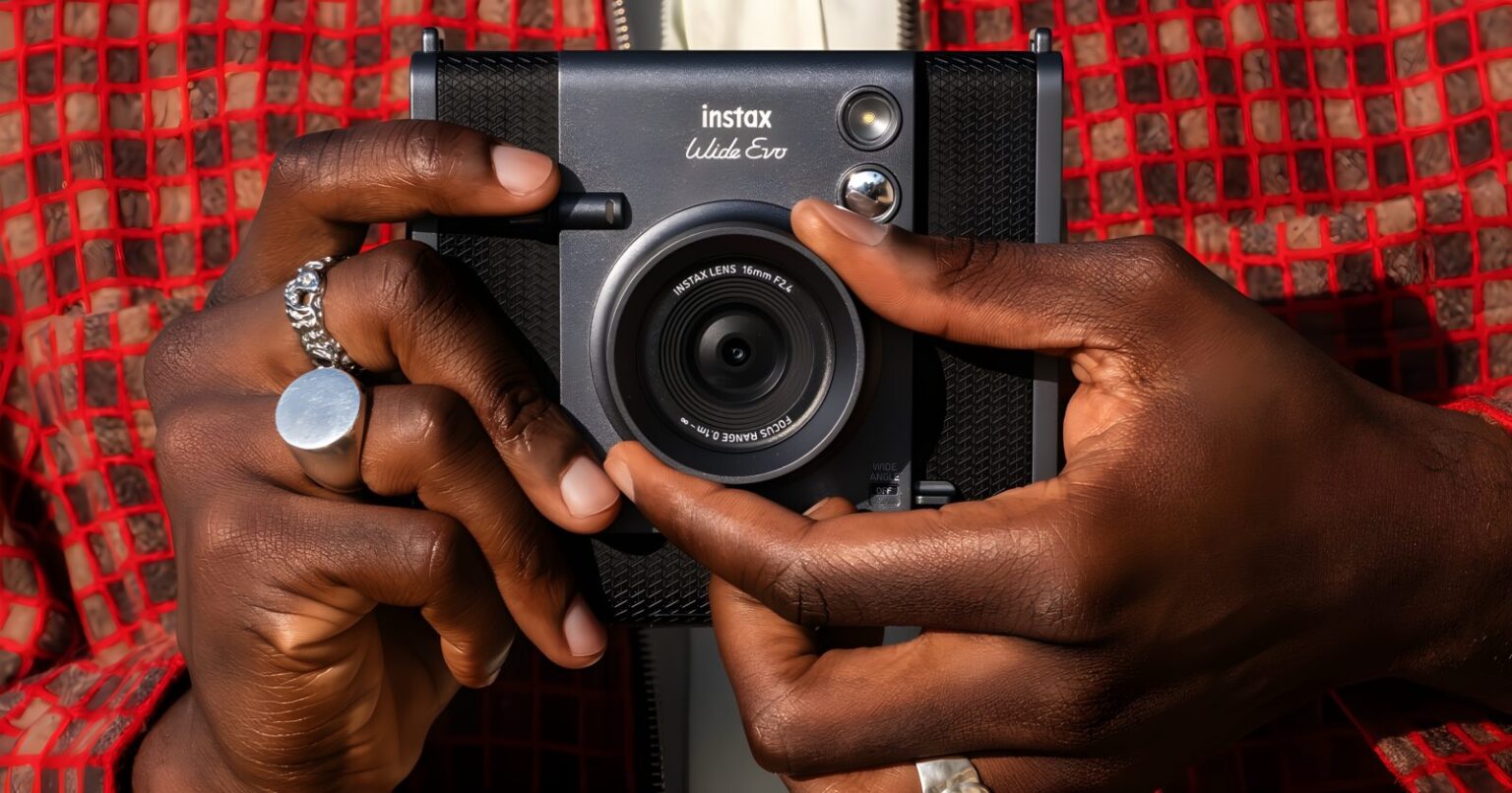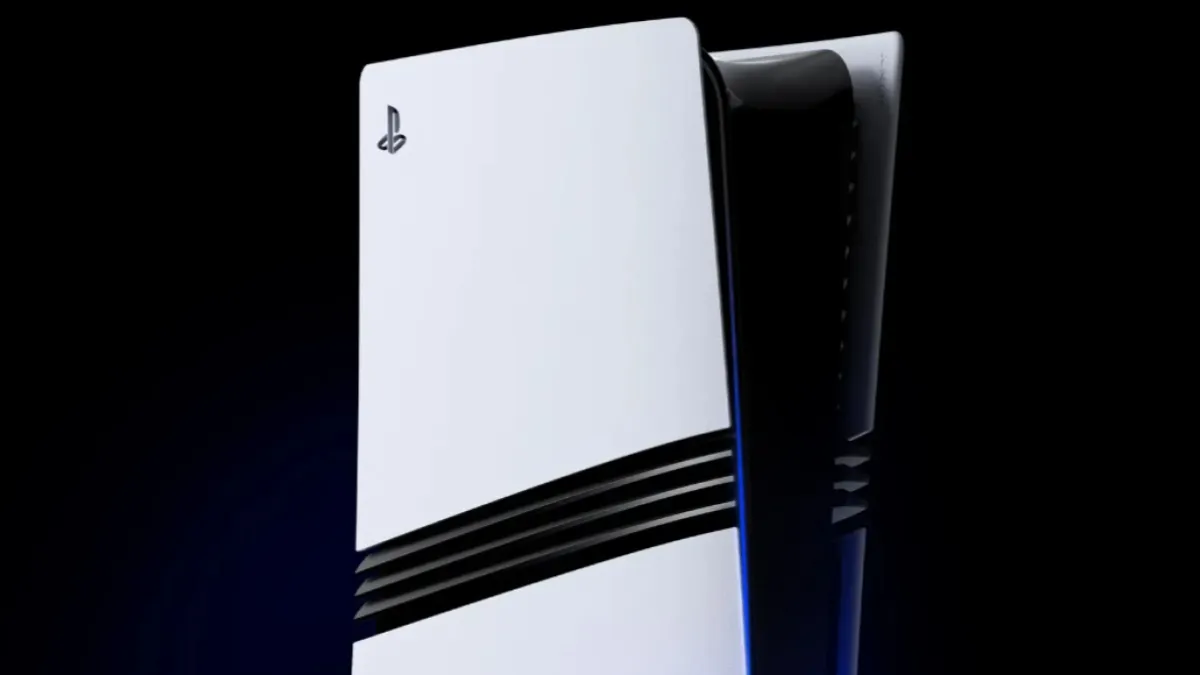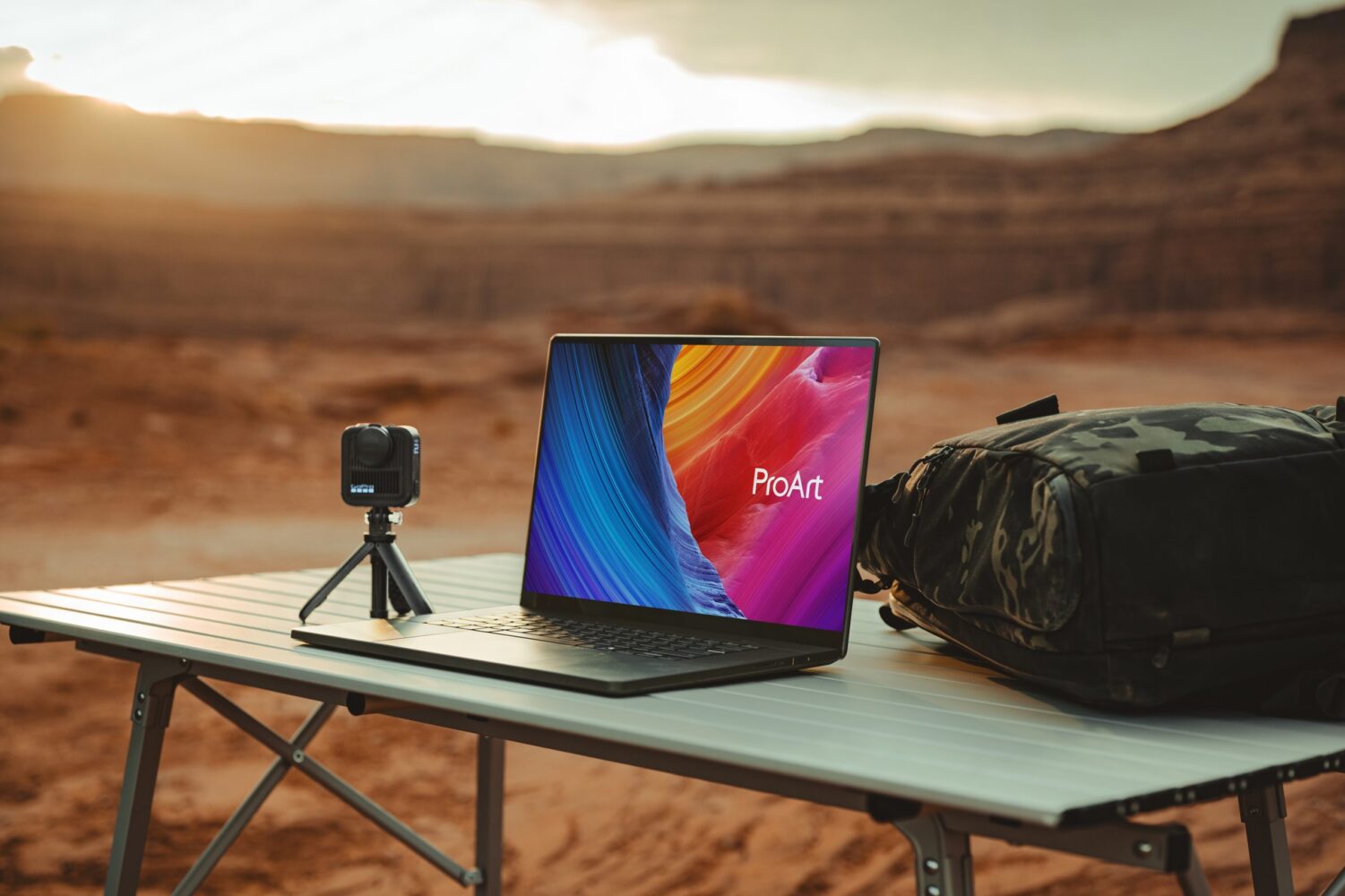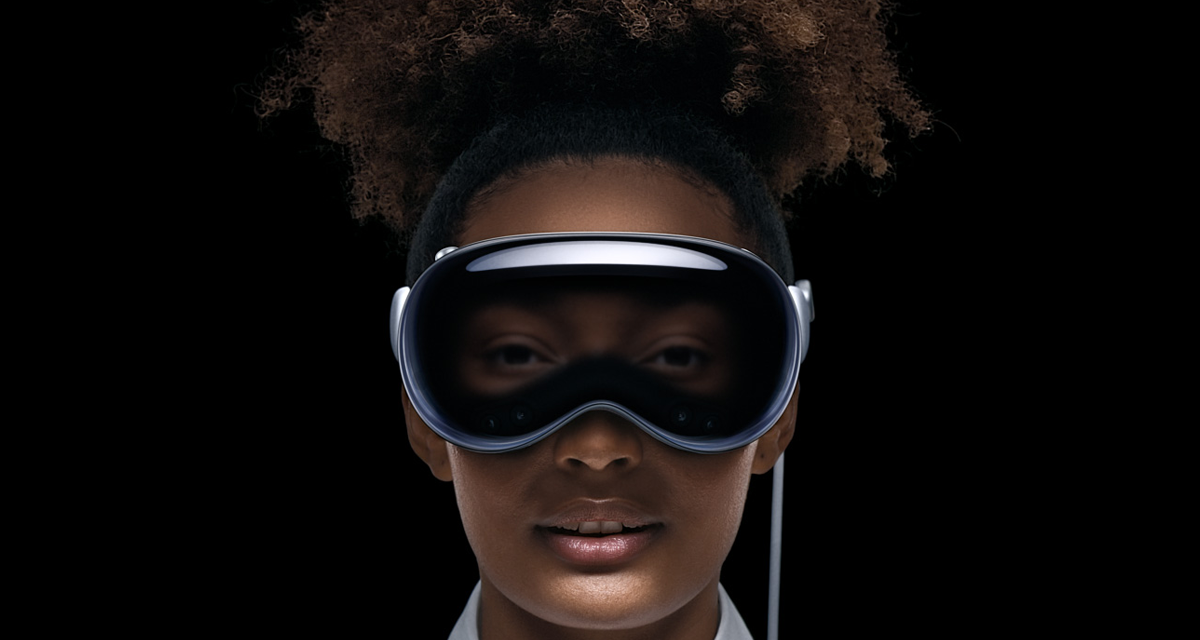TL;DR: The Fujifilm Instax Wide Evo is the marble-slab monolith of instant imagery, lifting the classic Instax Wide experience into the Bluetooth era with app-powered filters and manual exposure controls. If you crave the heft of 62 × 99 mm prints, enjoy tinkering with DIY lens swaps, or simply worship all things analog, this camera will become your conversation starter, though purists might lament the slight complexity bump.
Fujifilm Instax Wide Evo
In an age of endless scrolling and cloud backups, instant prints feel like a tactile time capsule. Snagging a physical photo is an act of rebellion akin to sending a carrier pigeon in the era of instant messaging. The Instax Wide Evo doesn’t merely resurrect that analog thrill; it supercharges it, blending nostalgia with modern tech in a shell as chunky as an ’80s boombox yet as refined as a smartwatch. Whether you’re a retro devotee, a social media mavin hunting unique print-and-share aesthetics, a DIY tinkerer eager to test add-on lenses, or someone craving a centerpiece for parties, weddings, or road trips, this detailed dive is for you.
Unboxing & First Impressions
The Instax Wide Evo arrives in a heavy-duty box emblazoned with retro-futuristic graphics, featuring electric pink accents on matte black that scream cyberpunk instant. Inside, you’ll discover the camera body with a pre-charged battery installed, a USB-C charging cable that finally liberates you from micro-USB, a surprisingly plush neck strap, one cartridge of Instax Wide film with ten exposures, and the obligatory quick-start guide and safety manual. The absence of lens caps or spare film packs sends a not-so-subtle message: buy more film, and soon.
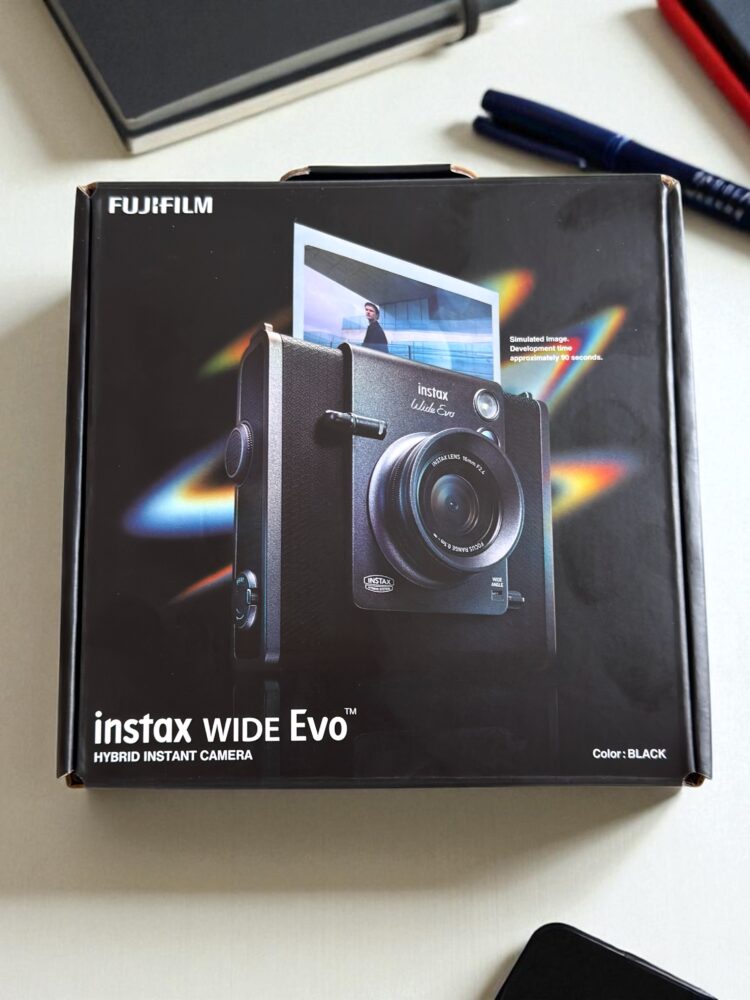
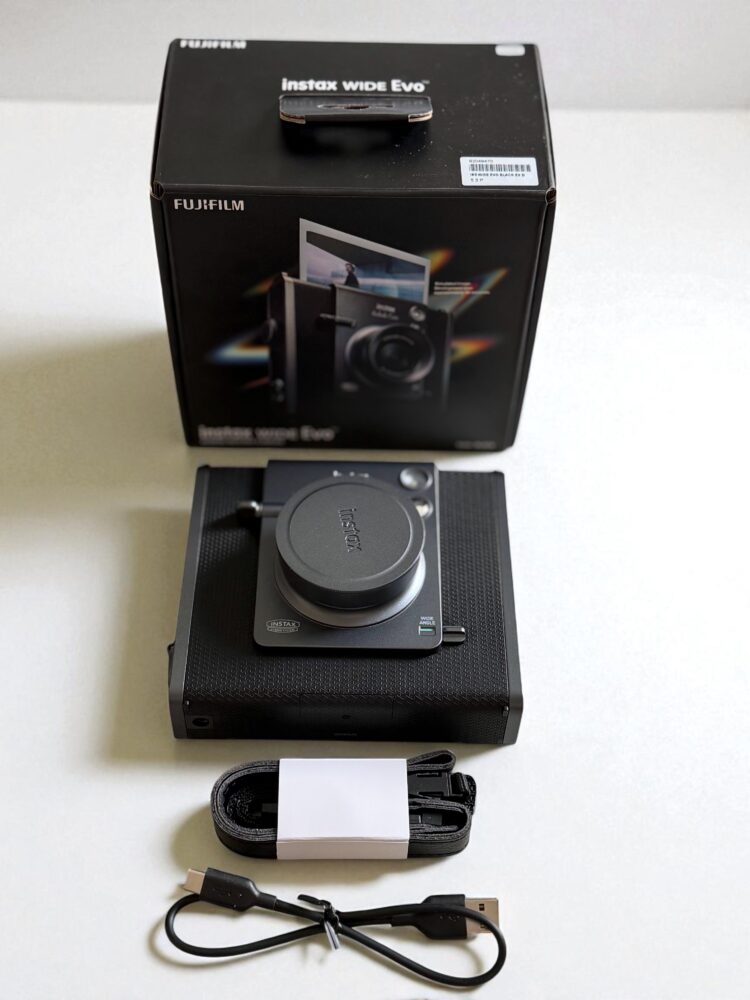
On first grip, the Evo feels meatier than its predecessor, the Instax Wide 300. At 380 grams without film, its solidity is satisfying, like clutching a vintage brick that also takes pictures. The design riffs on classic instant cameras, blending angular bodylines with rounded corners and a two-tone finish. Chunky tabs and dials entice you to fidget, and good luck resisting the urge to click that manual-exposure wheel back and forth.
Design & Build Quality
The Wide Evo’s chassis marries textured polycarbonate with rubberized grips, giving you an industrial-chic feel in charcoal black or a muted outdoorsy vibe in the limited-edition “Clay Green” variant released in spring 2025. Each button offers a satisfying click without being stiff, and the embossed icons facilitate one-handed operation. Measuring 152 × 115 × 74 mm, this isn’t a pocket camera; you’ll need to carve out space in your bag, right next to your 15-inch laptop if you dare.
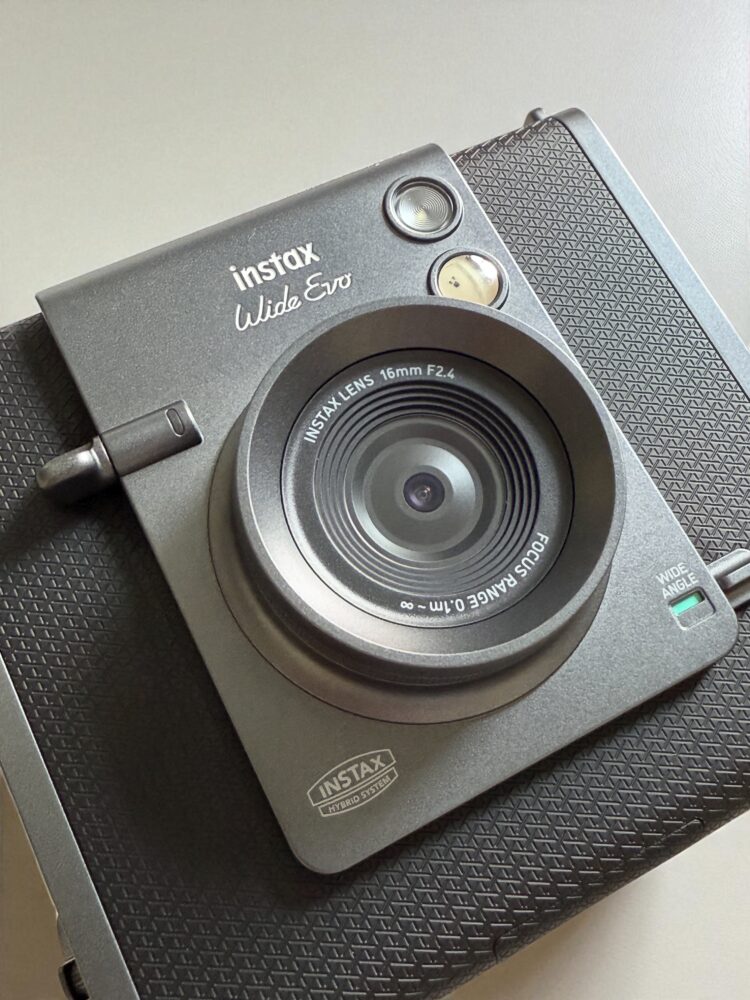
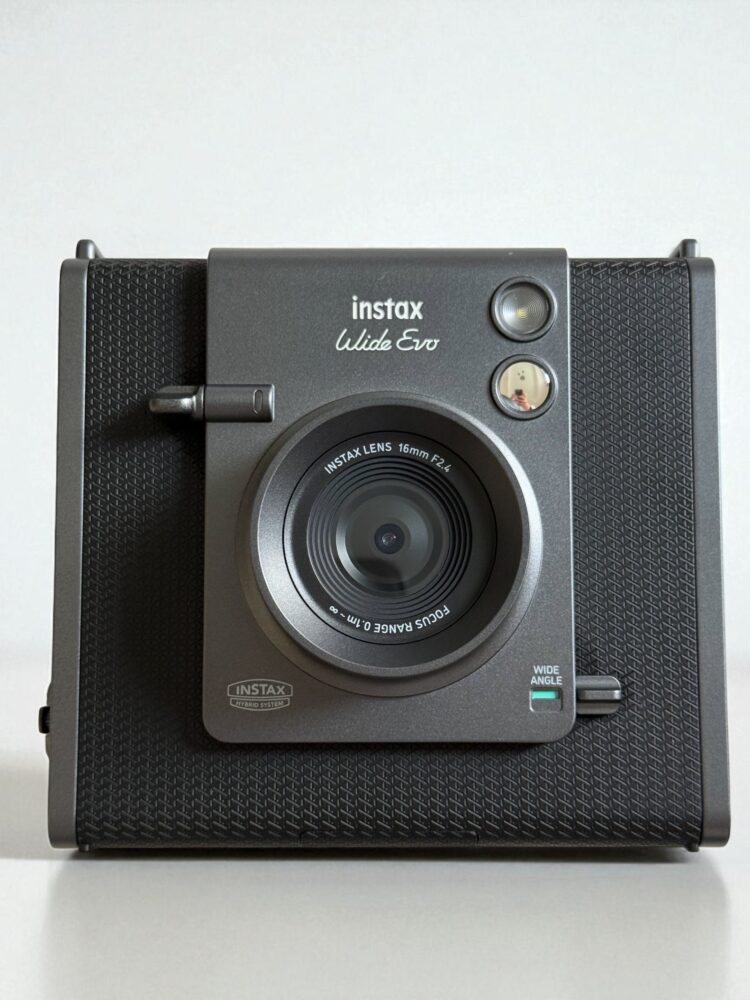
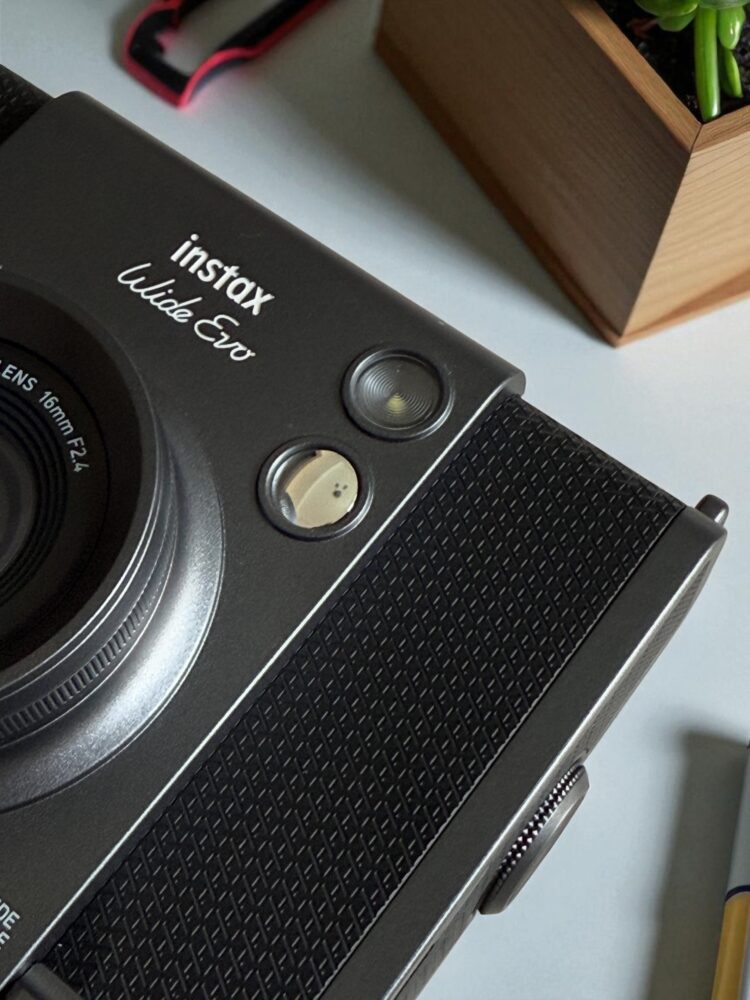
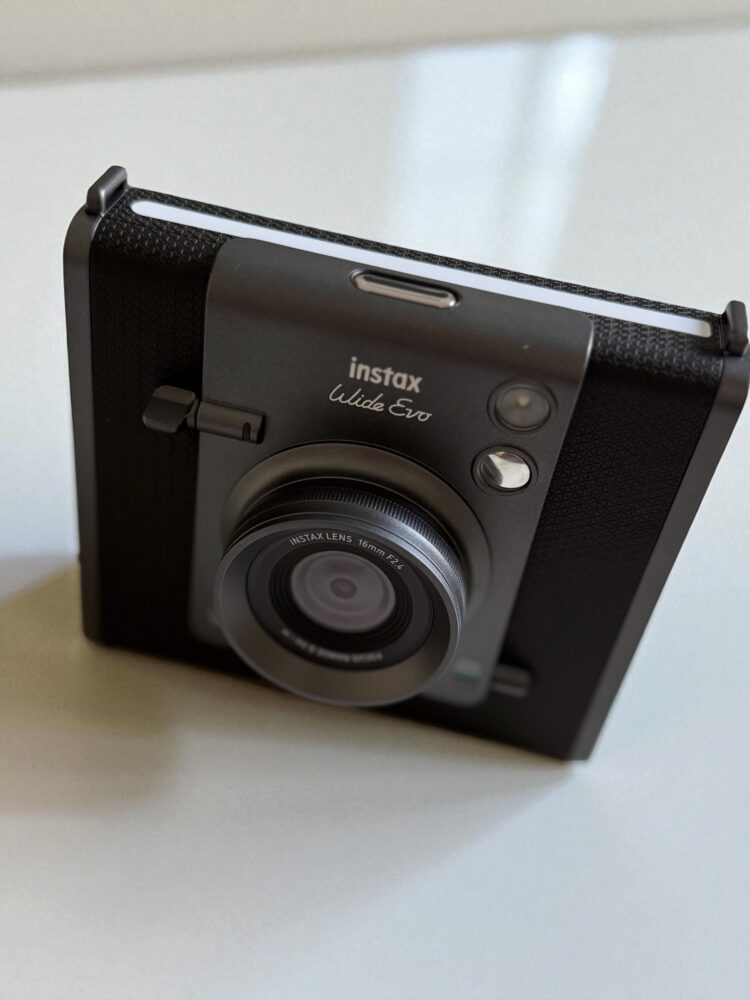
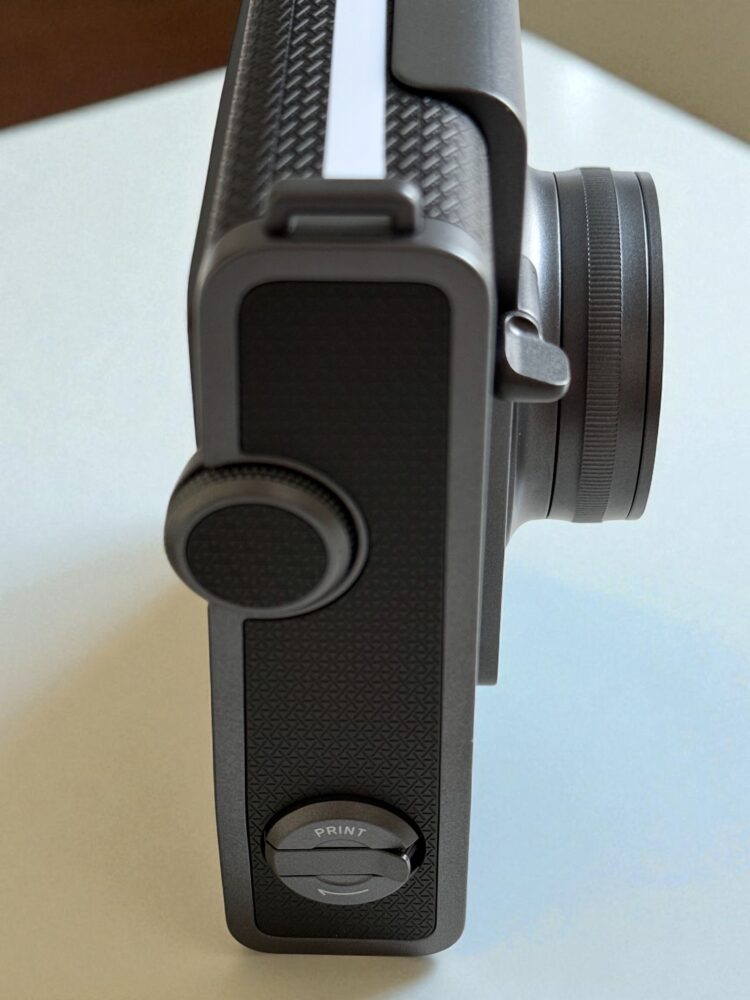
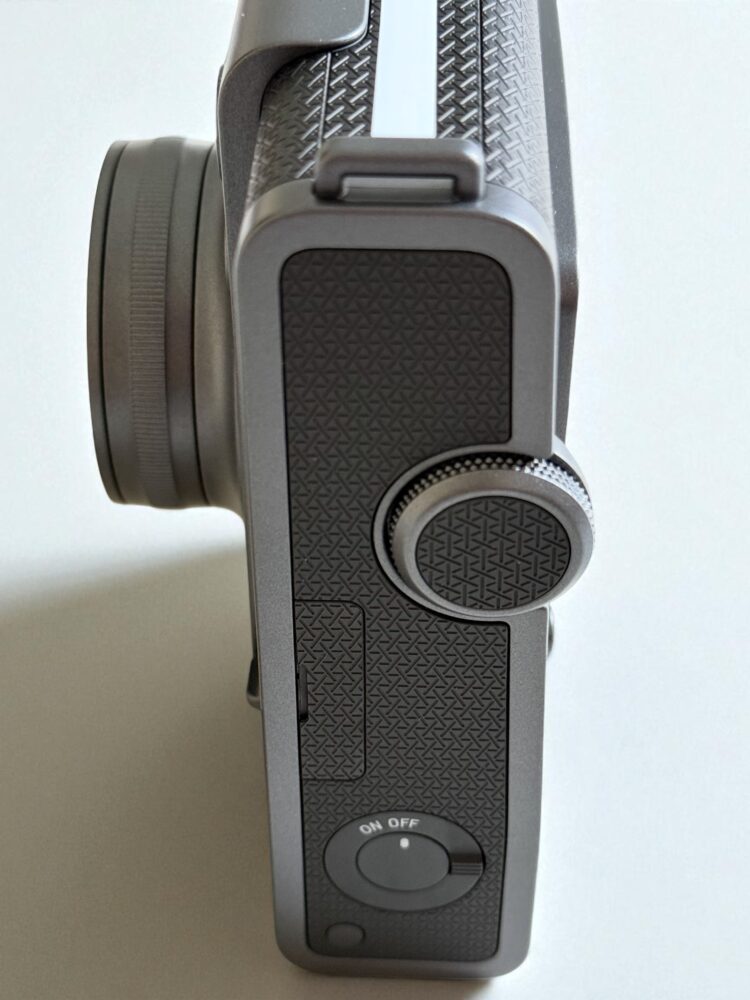
Fujifilm engineered the button layout with an emphasis on ergonomics. A mode dial lets you flick between Auto, Manual, or four Creative presets. The adjacent exposure wheel offers ±2 stops in one-third-stop increments, while a firm-press print button guards against accidental snaps. Around back, a discreet Bluetooth pairing button awaits. There’s no convoluted menu system; most settings live either on the camera’s physical controls or within the Instax app for iOS 14+ and Android 7+.
Features & Functionality
Auto mode entrusts shutter speed and flash decisions to the camera’s brain, making it a safe haven for beginners, though prints can look a bit flat indoors. Switch to Manual mode, and you can set the shutter from half a second up to 1/400 second and tweak exposure to your heart’s content—a high-risk, high-reward game for the adventurous. The Creative mode offers four app-customizable presets, letting you choose effects like black-and-white simulation, color-splash filters, or dramatic vignettes.
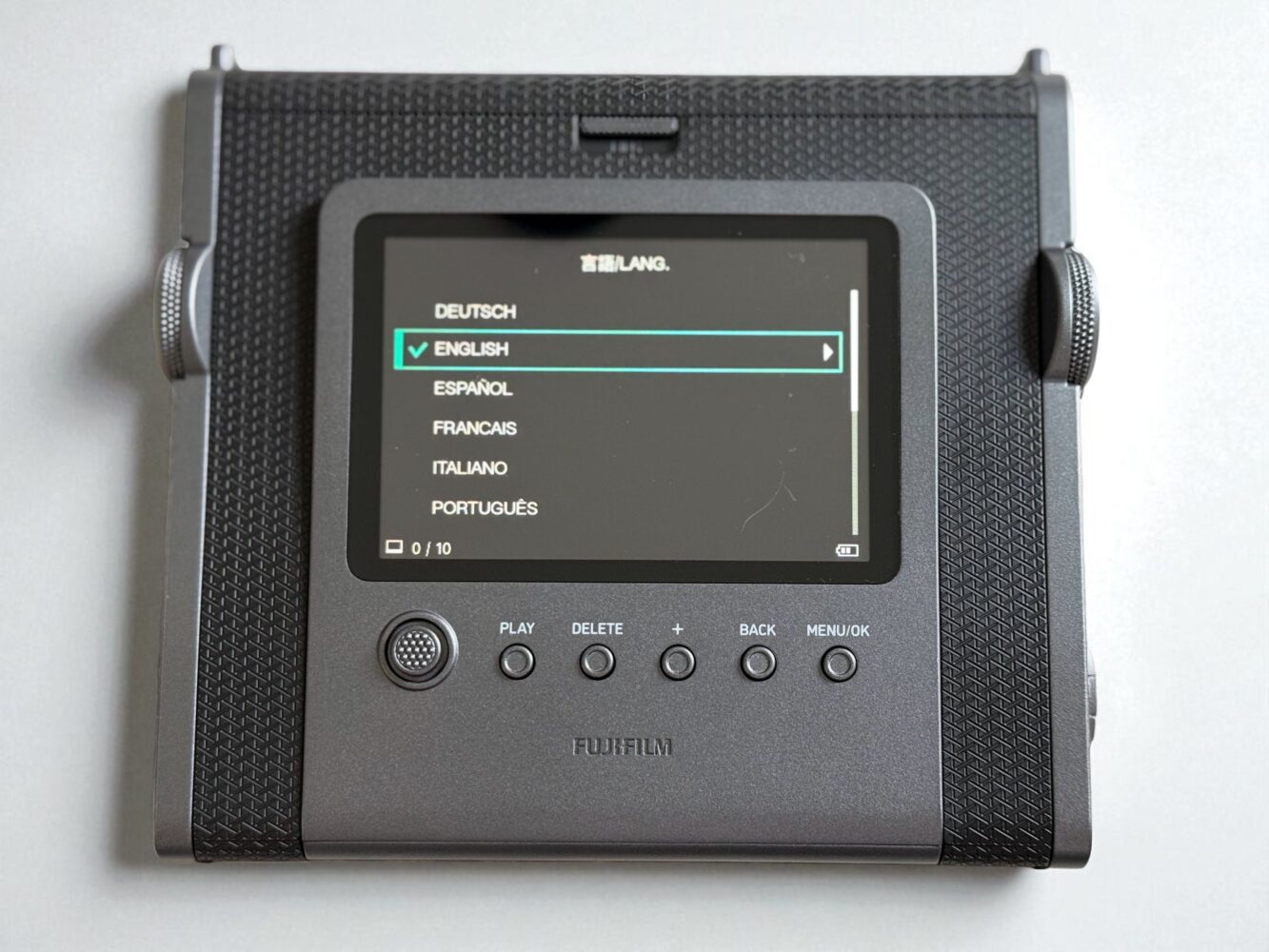
Pairing the Evo via Bluetooth is painless: hold the pairing button for two seconds, open the Instax app, and tap to connect. Once linked, you can preview your shot as a 100 × 100 px thumbnail, swap creative filters in real time, or trigger the shutter remotely—perfect for group selfies when you’d rather hand the camera to a friend than guess at the framing yourself. In tests, the connection held firm within ten feet, though obstacles occasionally introduced slight lag.
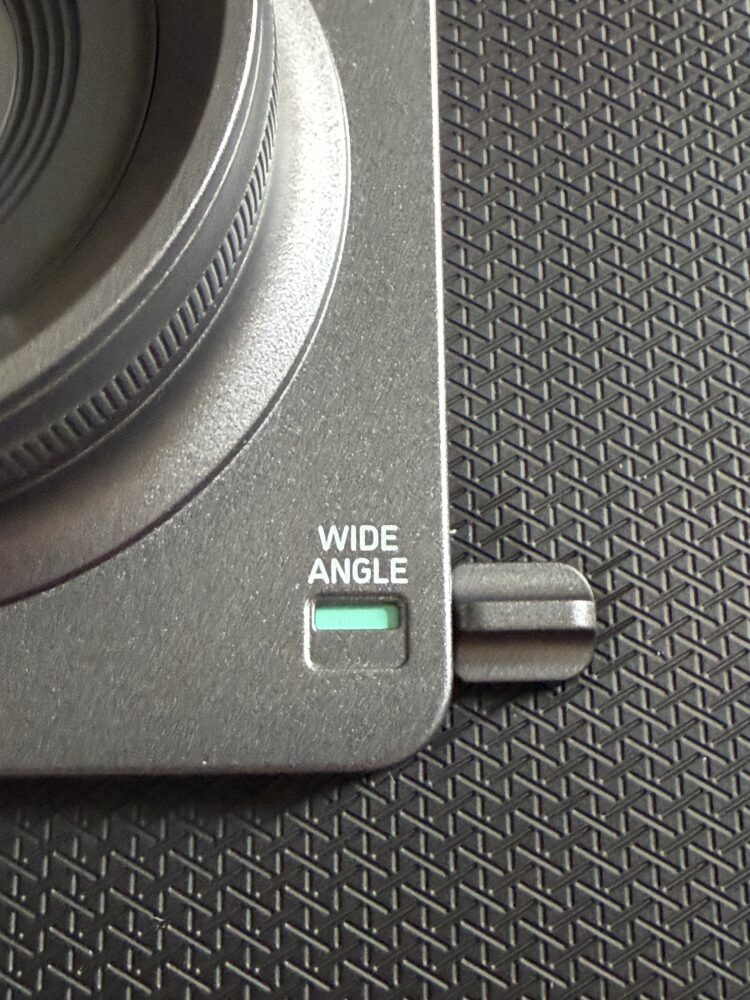
The exposure wheel is the star of the show. Crank it to +1 to brighten dusk shots, or dial back to –1 for moody, underexposed vibes at indoor raves. The built-in flash offers red-eye reduction and a forced-off option for silhouette art, while filters labeled “Retro Fade,” “High Contrast B&W,” and “Soft Glow” let you craft your signature look. My personal favorite, “Instant Pop,” boosts midtones and adds a vignette for drama that screams “share me.”
Print Quality & Media
Wide Evo uses Instax Wide film, which sports a frame size of 62 × 99 mm and an ISO of 800, with warm, saturated colors that often evoke Kodachrome’s vintage magic. Outdoors in daylight, greens and blues leap off the print, and cloudy skies add cinematic drama without plunging the scene into shadow. Indoors or under low light, expect visible grain, warm color shifts, and vignette-heavy edges—unless you embrace the flash or pack in supplemental LED lighting.
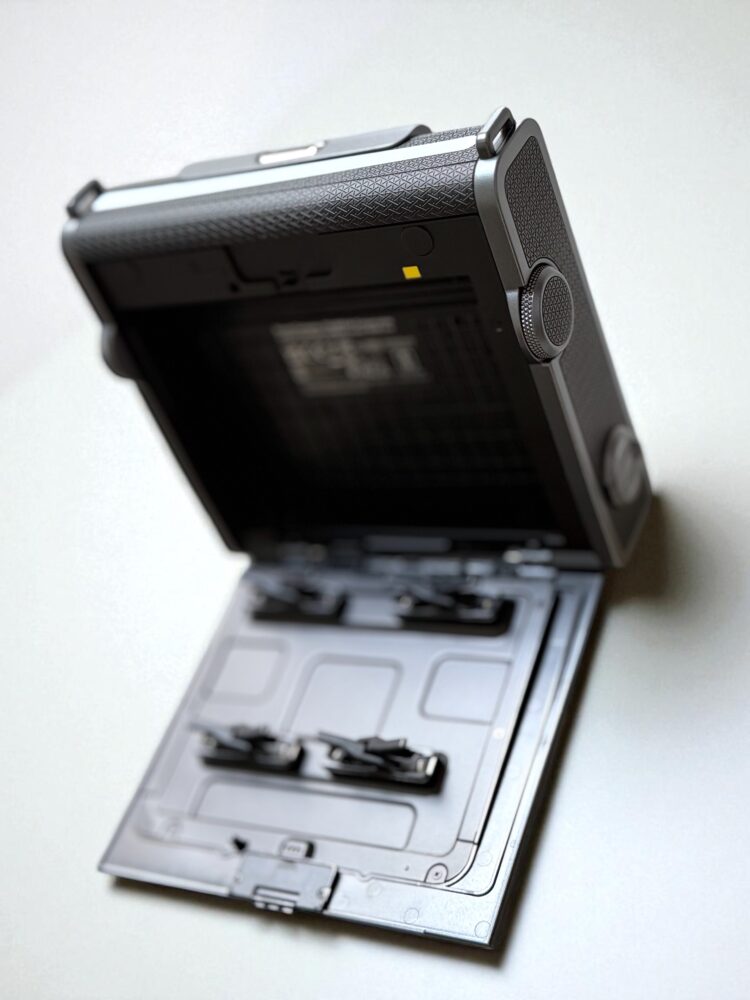
For party mode, I switched off the flash and let the shutter linger, capturing neon light trails and ghostly figures that looked like microscopic galaxies dancing on the frame. Compared to the Instax Wide 300, the Evo’s refined lens coatings yield slightly sharper, richer prints with a broader color palette; even deep blues look true-to-life.
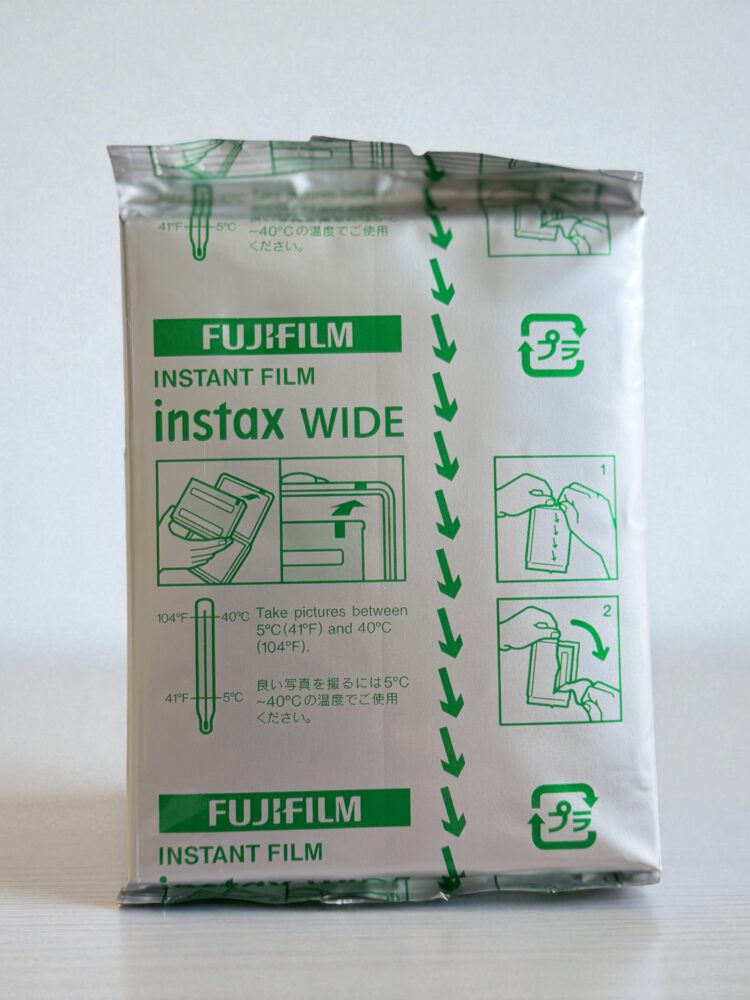
The Polaroid Now+ produces a heftier stock but often tilts toward cooler blues, while Evo’s film leans into warmth—a combination I’ve come to adore.
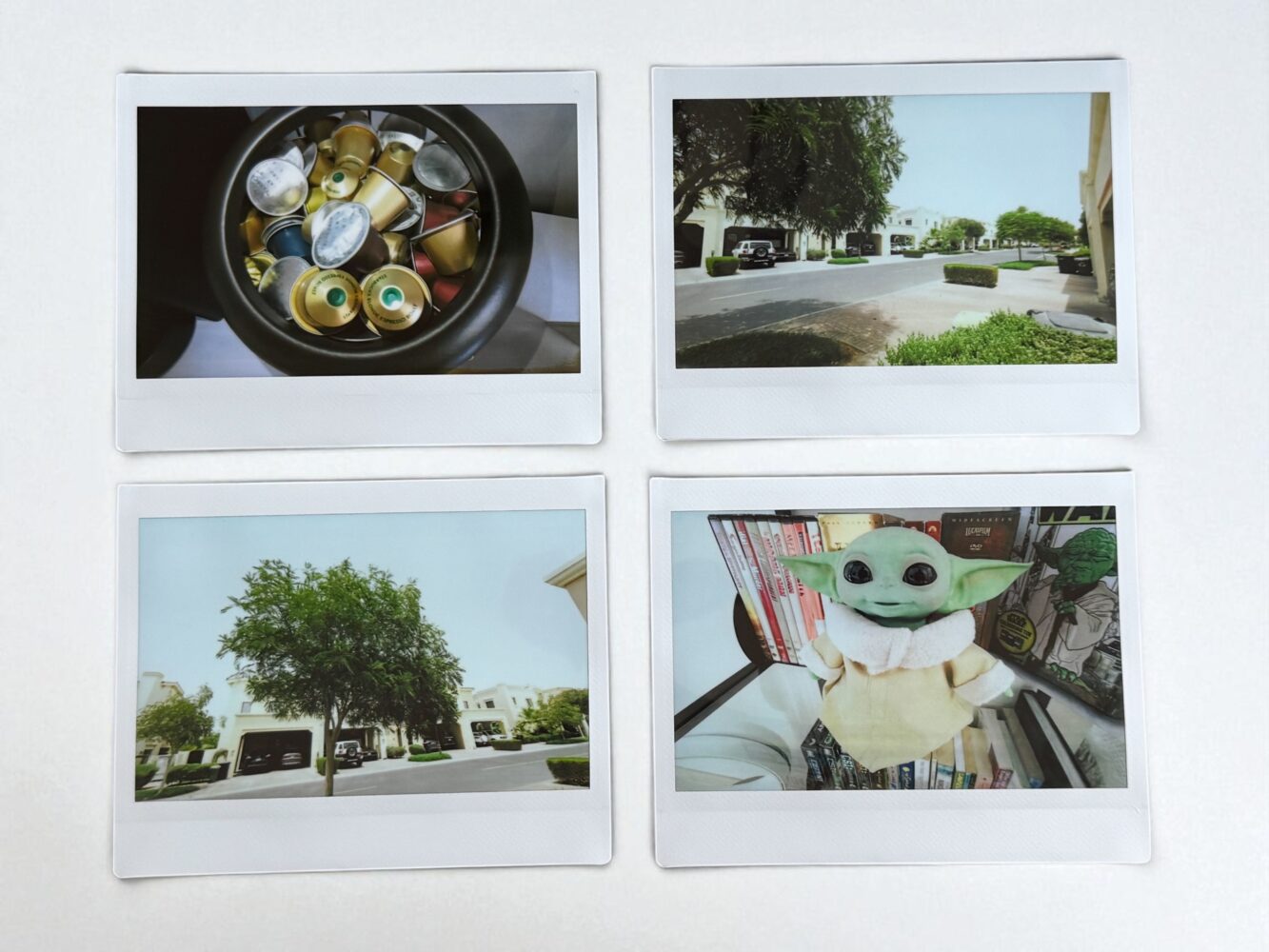
Performance & Usability
From the moment you power on the Evo, it reacts with surprising alacrity—about two seconds from dead-silent standby to ready-to-fire. Press the shutter, and the internal motor whirs, ejecting your first print in roughly 90 seconds. After that, subsequent exposures emerge at a steady clip of one every ten seconds, meaning you can crank through a cartridge of ten shots in under two minutes once warmed up.
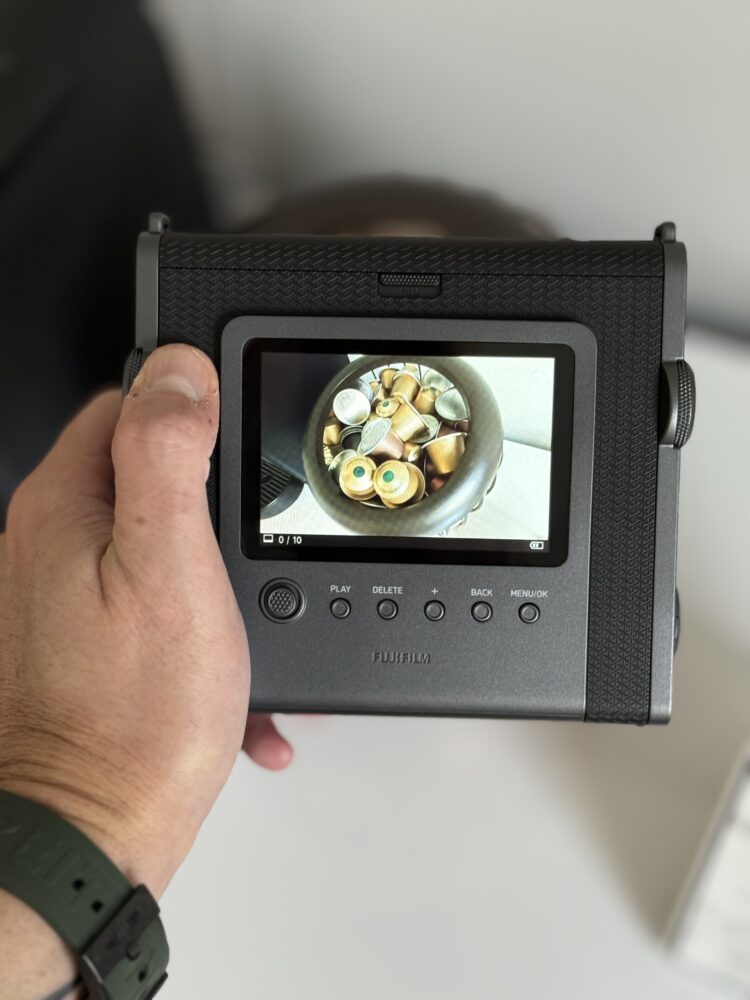
Under the hood, a 1,040 mAh lithium-ion battery hums away, offering roughly 30 prints per charge if you stick to camera-only shooting. Engage the Bluetooth leash for live-filtering, and that figure dips to about 20 prints, as the constant data flow and screen-on time take their toll. When the battery finally surrenders, the USB-C port swoops in—two hours from empty to 100%, no fumbling for proprietary bricks.
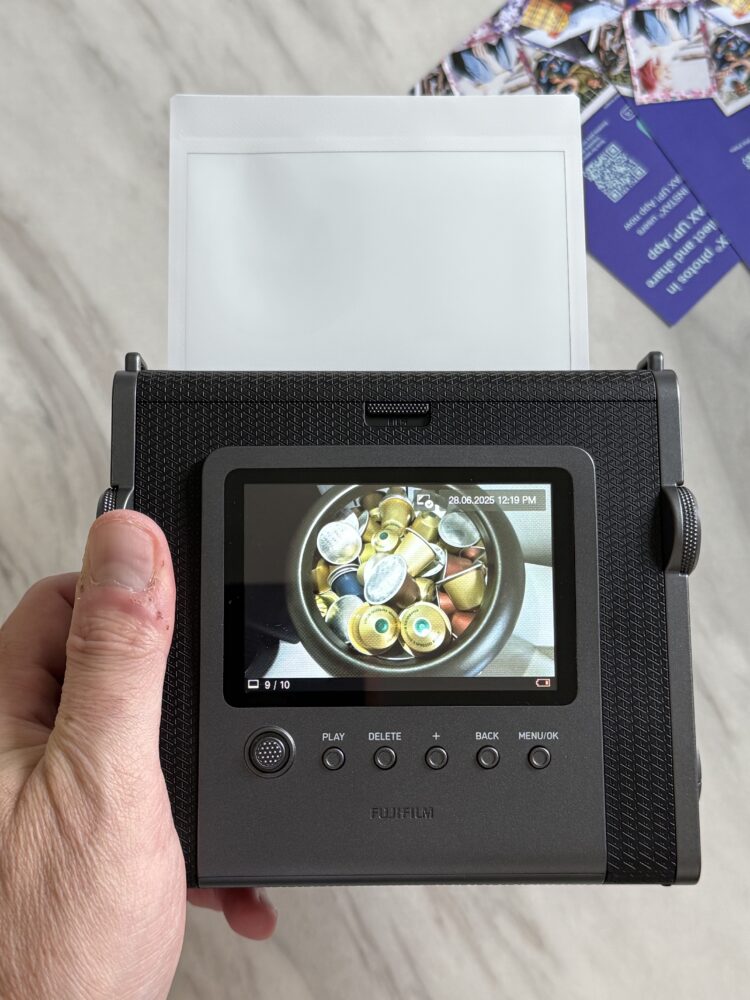
Beyond raw speed and battery life, the Evo’s usability hinges on its tactile controls and interface feedback. Each click of the mode dial feels resolute, each detent of the exposure wheel is satisfyingly mechanical. The embossed icons spring back under your fingertips, so you never wrestle blindly in dim light. The print button itself has just enough resistance to prevent accidental shots in a crowded bar, but not so much that it feels sluggish when you’re racing to catch a fleeting moment.
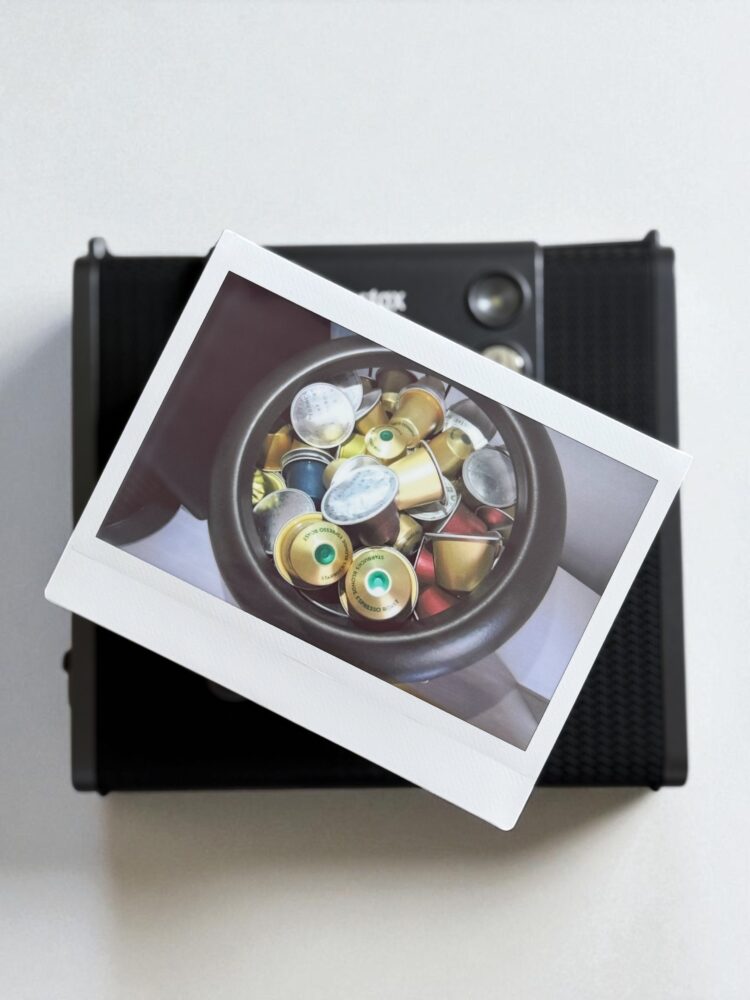
The camera’s software side is equally thoughtful. Auto mode handles the legwork admirably, adjusting shutter speed and flash to produce reliably exposed results for novices. Switch to Manual, and you unlock a playground of precision: shutter speeds ranging from half a second for dreamy light trails up to a brisk 1/400 second for arresting sharpness in broad daylight. The Creative mode presets, configurable via the app, load almost instantly, and switching between them requires only a quick press and hold, followed by a scroll of the mode dial.
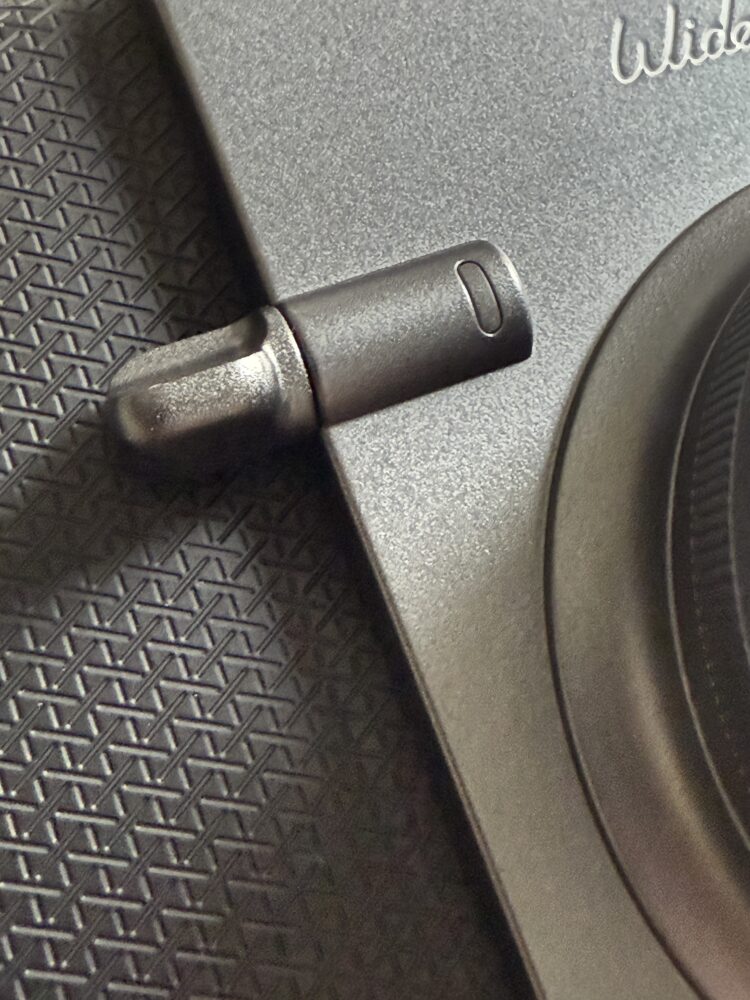
Yet no tool is perfect. While the Evo’s Bluetooth pairing is painless, the 100 × 100 px thumbnail preview in the app is its Achilles’ heel. In bright sunlight, that pixelated window feels more like peering through a postage stamp than framing your shot. I found myself doubling back to rely on instinct rather than the preview—an odd twist for a camera that prides itself on marrying analog and digital.
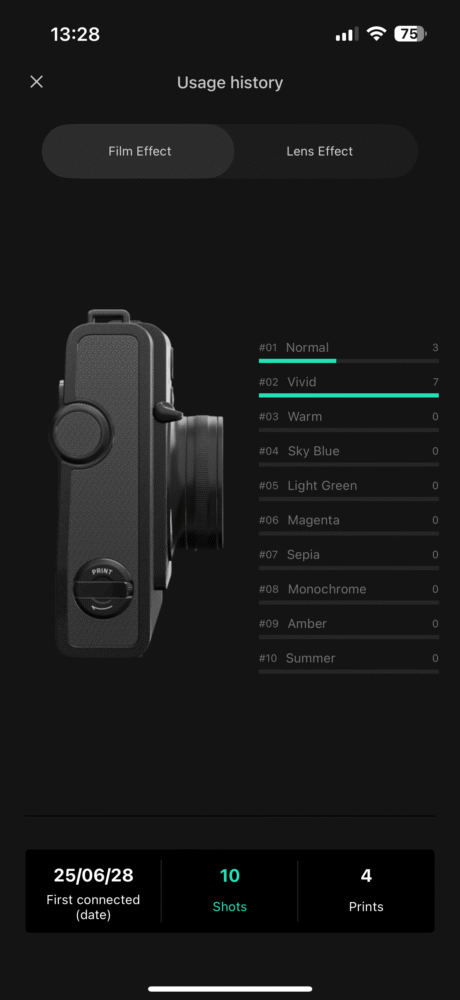
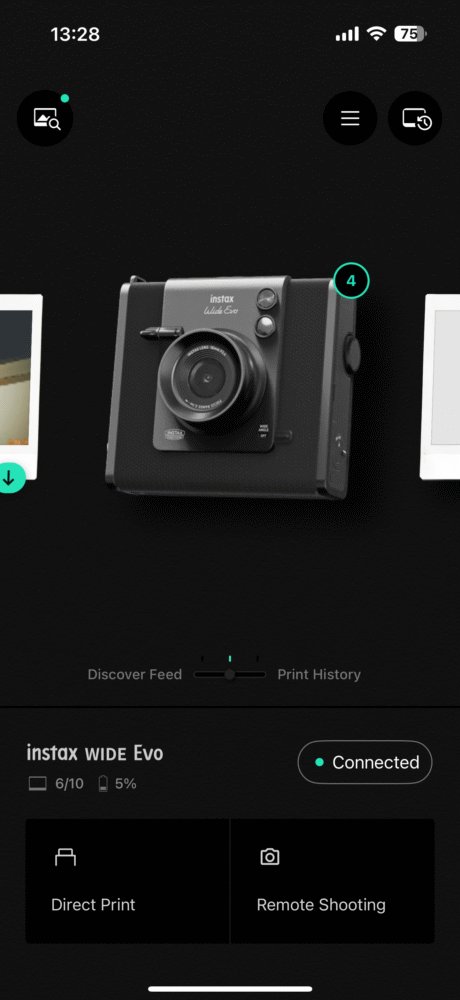
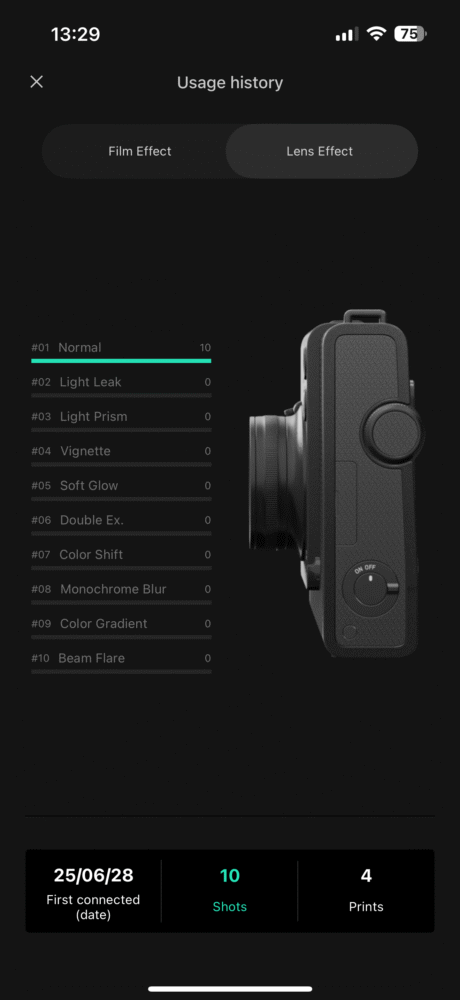
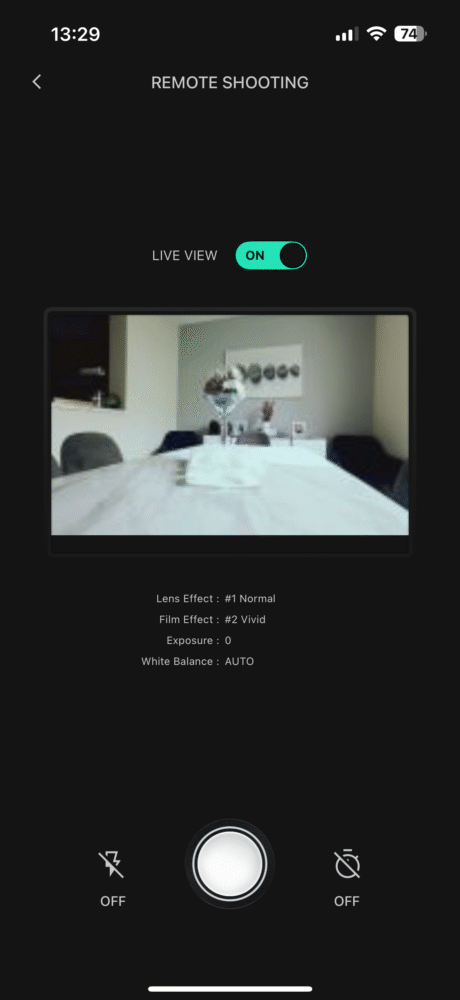
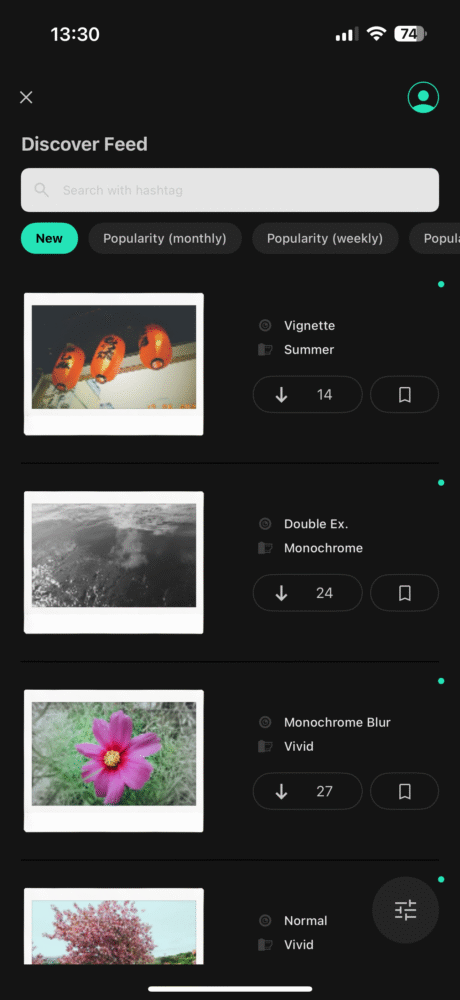
Finally, in-field performance tests cemented the Evo’s credentials. In a drizzly outdoor shoot, the sealing around the film door shrugged off light mist, and button response remained crisp despite dew on my fingers. Indoors, the flash recharge time hovered around two seconds, meaning it was ready for action almost as quickly as I was. In low-light Retro Fade preset mode, the Evo produced moody, grain-rich prints that needed no post-edit—just the sort of imperfect charm I chase in instant photography.
In sum, the Instax Wide Evo balances speed, tactile joy, and robust battery life against a few quibbles with digital preview resolution. Both newcomers and seasoned tinkerers will find something to love in its performance and usability.
Fujifilm Instax Wide Evo
Verdict
I came for the chunky prints and stayed for the creative controls. The Instax Wide Evo is a love letter to analog geeks craving a dash of modern tech. While it’s more than a novelty, serving as a versatile tool for creative minds, its learning curve and bulk won’t appeal to everyone. Purists seeking a barebones point-and-shoot may prefer a simpler model.
In short, buy it if you’re a creative spirit hungry for wide-format fun, a DIY photographer ready to hack lenses and light, or a social sharer hunting standout prints. Pass if you’re a minimalist who wants barebones operation, a traveler prioritizing ultra-compact gear, or a budget shooter wary of film costs.

